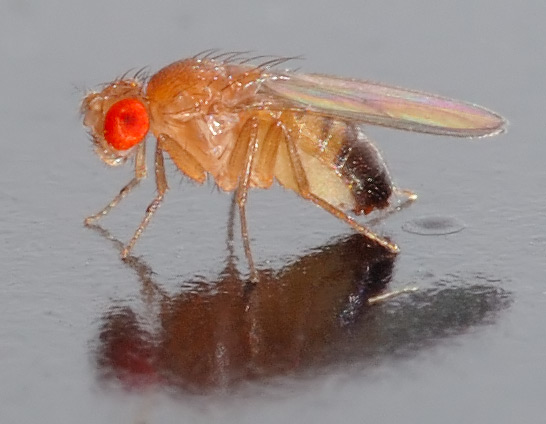Brusca And Brusca Invertebrates Pdf To Word
Posted By admin On 26/03/18'For each of 32 currently recognized phyla, Invertebrates, Third Edition presents detailed classifications, taxonomic synopses, updated information on general biology and anatomy, and current phylogenetic hypotheses. Chapters are organized around the 'new animal phylogeny,' along with basic background on invertebrates.

Full-text (PDF) Invertebrates. By Richard C. Brusca; Gary J. Recommended Text: Brusca, R.C. And Brusca, G.J. (2003) Invertebrates 2nd ed. Sinaur Associates, Inc., Sunderland. MARI202 introduces students to the diversity of marine invertebrate life, with emphasis on examples from the. ***All assignments must ALSO be submitted as a PDF file (or Word document) to Blackboard.
Illustrated with abundant line drawings, color photos, boxes, and tables'-- In the twelve years since publication of Invertebrates, Second Edition, fundamental shifts have occurred in our understanding of the origins and evolutionary relationships among protists and animals. These changes are largely due to the explosion of molecular phylogenetics and evo-devo research, emergence of the new field of animal genomics, major fossil discoveries in China, Australia, and elsewhere, and important new embryological and ultrastructural studies. As a result new phyla have been described (e.g., Micrognathozoa, Xenacoelomorpha), old phyla have been collapsed into others (e.g., Sipuncula and Echiura are now placed within Annelida; acanthocephalans are now known to be highly modified, parasitic rotifers), phyla once thought to be deuterostomes are now part of the protostome clade (e.g., Chaetognatha, Phoronida, Bryozoa, Brachiopoda), the Protostomia has been reorganized into two major clades known as Ecdysozoa and Spiralia. Autocad 2010 Free Download With Crack For Windows 7. For each of the thirty-two currently recognized phyla, Invertebrates, Third Edition, presents detailed classifications, revised taxonomic synopses, updated information on general biology and anatomy, and current phylogenetic hypotheses, organized with boxes and tables, and illustrated with abundant line drawings and new color photos. The chapters are organized around the 'new animal phylogeny,' while introductory chapters provide basic background information on the general biology of invertebrates. Two new coauthors have been added to the writing team, and twenty-two additional invertebrate zoologists have contributed to chapter revisions. This benchmark volume on our modern views of invertebrate biology should be in every zoologist's library.
Rating: (not yet rated) Subjects • More like this • •. 'A wonderful book, and one remains amazed at the perfection of this edition, full color, and the precision and detail of the figures. A masterpiece that will dominate the phylogeny for many, many years.'
--Pierre Jolivet, L'Entomologiste (from the original French) 'I am so thrilled that we finally getting a third edition of Invertebrates! I've been teaching invertebrate zoology for over fifteen years and this text is superior to any other on the market!' Cook, Sam Houston State University Read more.
Further information: The authors divide the bilaterians in three informal groups: • (phyla Platyhelminthes, Gastrotricha, Entoprocta, Gnathostomulida, Cycliophora) • (or pseducoelomate, phyla Rotifera, Kinorhyncha, Nematoda, Nematomorpha, Acanthocephala, Loricifera) • (or eucoelomates, phyla Nemertea, Priapula, Annelida, Sipuncula, Echiura, Onychophora, Tardigrada, Arthropoda, Mollusca, Phoronida, Ectoprocta, Brachiopoda, Echinodermata, Chaetognatha, Hemichordata, Chordata). Several groups traditionally viewed as having a blastocoelomate condition are viewed here as acoelomates (e.g.,,, ). Some of the coelomates groups (e.g.,, ) have greatly reduced celomic spaces; often the main body cavity is a bloodfilled space called a hemocoel, and is associated with an open circulatory system. The, and are viewed as.